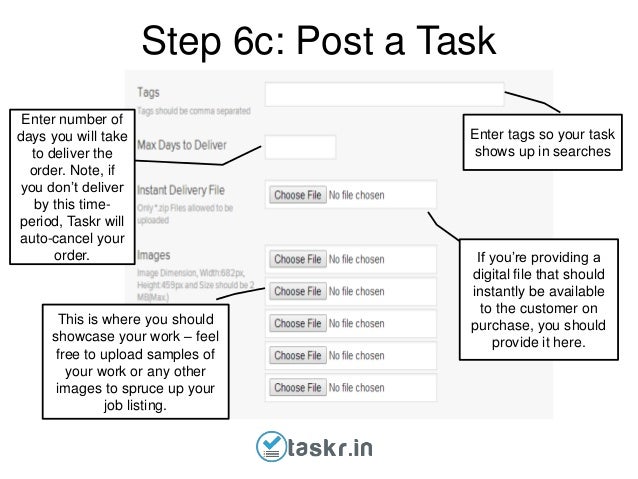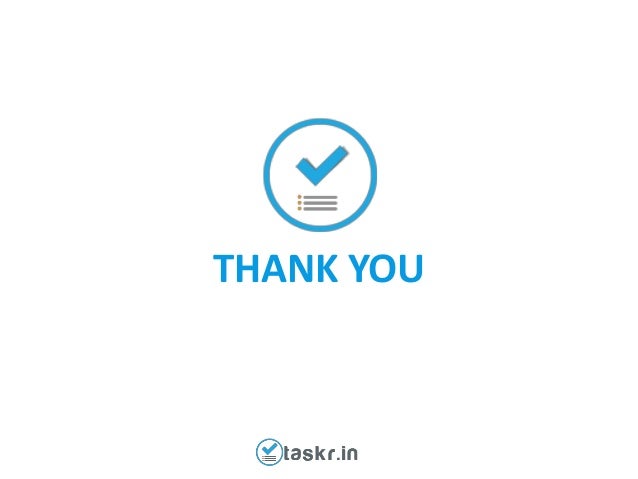
Note: Although it is possible to specify the task here, it is recommended that the task is defined on the referenced repository as the same task can be used for several roles/privileges referencing this task. If this task is defined, the Add member task will not be performed unless this task completes successfully. If this is an approval task, this is handled automatically, but if you are using a regular task, for instance to check a group membership in an external system, this must be done manually by setting MX_ATTR_STATE to 1 to allow the assignment and 3 to reject it. If no repository is specified, the default repository will be used. This task uses the repository specified for the Validate tasks. This can for example be an approval or a call to GRC Access Control. and propagate my-built-artifact to any later task steps or put steps that reference the some-output artifact, in the same way that this task had some-input as an input.Select the task that should be used to verify that the add operation is allowed for the given entry. PATH=/go/bin:/usr/local/go/bin:/usr/local/sbin:/usr/local/bin:/usr/sbin:/usr/bin:/sbin:/bin will produce the following output: + whoami Putting all this together, the following task config:. This is intentionally not configurable by the task itself, to prevent privilege escalation by submitting pull requests to repositories that contain task configs.
#Taskr uses full
If you're using a Docker image, this will be the user set by a USER rule in your Dockerfile, or root, if not specified.Īnother relevant bit of configuration is task step privileged, which determines whether the user the task runs as will have full privileges (primarily when running as root). The user the command runs as is determined by the image.

The directory will be populated by the input, and any changes made to the directory will propagate downstream as an output.Īny task step params configured will be set in the environment for the task's command, along with any environment variables provided by the task's image (i.e. If your build tools don't support output paths, you can configure an input and output with the same path. This meshes well with build tools with configurable destination paths. The task must place artifacts in the output directories for them to be exported. The working directory will also contain empty directories for each of the task-config. If any input is missing, the task will not run (and the container will not even be created). run will be executed in a working directory containing each of the task-config. image_resource as its base filesystem (i.e. If your task needs to run as root, then you can specify the -p or -privileged flag.Ī task runs in a new container every time, using the image provided by task-config. You can use the -include-ignored flag in order to send ignored files to Concourse along with those that are not ignored. This allows it to be transparently composed with other toolchains.īy default, fly execute will not send extra files or large files in your current directory that would normally be ignored by your version control system. instead, where name is the input name from the task configuration.įly will automatically capture SIGINT and SIGTERM and abort the build when received. If they do not match, you must specify -i name=.


The working directory name will be used as the input name. Your files will be uploaded and the task will be executed with them. You can execute a task like this: $ fly -t example execute -config tests.yml This is useful to build Linux projects on OS X or to avoid all of those debugging commits when something is configured differently between your local and remote setup. One of the most common use cases of fly is taking a local project on your computer and setting it up with a task configuration to be run inside a container in Concourse.


 0 kommentar(er)
0 kommentar(er)
